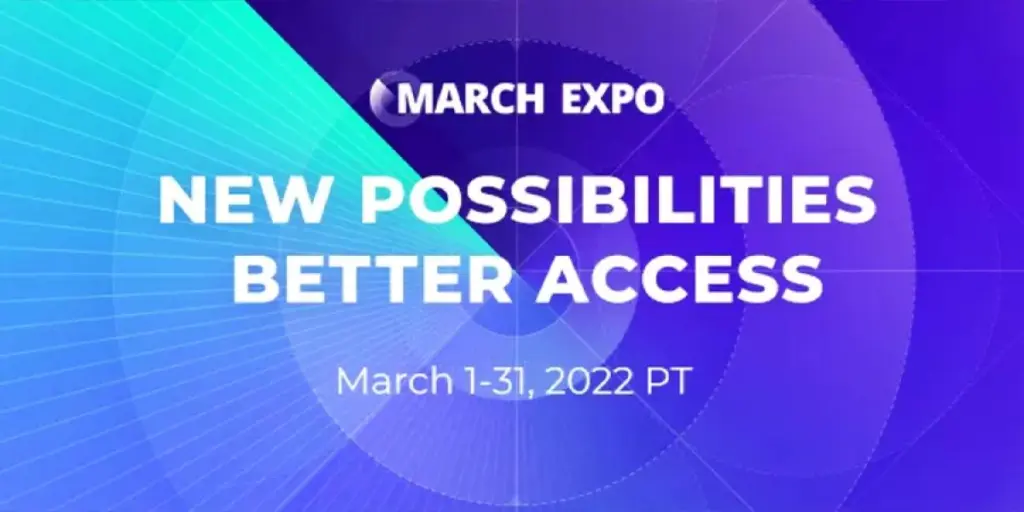In an exclusive interview, Nikki Baird of Aptos Retail, shares profound insights into the evolving retail landscape.

In recent years, technology has become a driving force behind the evolution of the retail landscape. From the advent of eCommerce to the rise of omnichannel experiences, the industry has undergone significant transformations.
To shed light on these changes, we turn to Nikki Baird, Vice President of Strategy at Aptos, a unified commerce solutions provider specialising in point-of-sale (POS), inventory management, and order management. She shares her insights on the impact of technology on retail and the trends shaping its future.
The consumer tech revolution: breaking down walls and driving omnichannel
According to Nikki Baird, consumer adoption of technology has been the primary catalyst for reshaping retail.
The pivotal moment came when customers began using their mobile phones to compare prices and check product availability while inside a physical store. Baird notes, “That really was the beginning of the end of ‘multiple channels’ and the rise of omnichannel.”
She emphasises the challenge faced by retailers in catching up with consumer behaviour, stating:
“It’s been a race to catch up ever since. I try not to be too shocked by how long it has taken to make any progress. Retail is slow to change, and consumers change very quickly. This friction has driven retail transformation for the last 25 years.”
The elusive quest for seamless integration: lessons from Best Buy
In discussing successful integration of technology into retail operations, Baird points out a common issue among retailers. Many present a unified front to customers while grappling with disparate systems behind the scenes.
she cites Best Buy as an example, recalling a slide from 2003 depicting a ‘customer-centric experience.’ However, she notes the challenges in achieving true integration: “What looks calm and serene on top conceals some pretty frantic paddling just to keep moving.”
Baird emphasises the need for a universal services approach, allowing retailers to plug into a platform of services that seamlessly span various applications.
This, she believes, will contribute to a more cohesive and streamlined customer experience.
AI and AR: the unfulfilled promise and scepticism
Addressing the impact of emerging technologies like artificial intelligence (AI) and augmented reality (AR), Baird expresses cautious optimism.
Regarding AI, she believes personalisation has not yet reached its full potential: “Consumers definitely want more RELEVANT offers. But what AI is good at is personalisation.” He cautions against conflating personalisation with relevance, highlighting the importance of meaningful offers.
Concerning AR/VR, Baird remains sceptical, stating, “We’re still a long way away.” She points out the challenges in creating immersive experiences and questions their long-term impact on customer loyalty and engagement.
Bridging the gap: universal services and the omnichannel experience
As retailers embrace e-commerce and omnichannel strategies, Baird advocates for a universal services approach at Aptos. This approach aims to bridge the gap between online and in-store experiences by providing a platform of universal services that can be seamlessly integrated into various solutions.
Baird contrasts this with the current disjointed experience for customers due to clunky omnichannel processes.
She explains, “Promotions that cross channels can be applied in the same cart,” illustrating the potential for a unified and seamless customer journey, a key factor in the success of modern retail.
The data dilemma: one view of the customer and true omnichannel visibility
Data-driven decision-making is increasingly vital in retail, yet challenges persist.
Baird notes the difficulty in maintaining a ‘one view of the customer’ and emphasises the need for a holistic, omnichannel approach to data. Retailers, she suggests, must overcome the inertia of channel-oriented solutions to truly understand omnichannel profitability and customer behaviour.
The tap on glass revolution: shaping the future of payments
Finally, Baird shares her excitement about the potential impact of contactless payment methods, particularly the tap on glass initiatives from Apple and Android.
She sees this innovation as a win-win for both retailers and customers, streamlining transactions, reducing costs, and providing a more seamless experience.
Baird concludes, “So that’s one area where payment innovation can have a lot of impact. I think part of the reason why is because it has benefits for both the retailer and the customer.”
Source from Retail Insight Network
Disclaimer: The information set forth above is provided by retail-insight-network.com independently of Chovm.com. Chovm.com makes no representation and warranties as to the quality and reliability of the seller and products.




